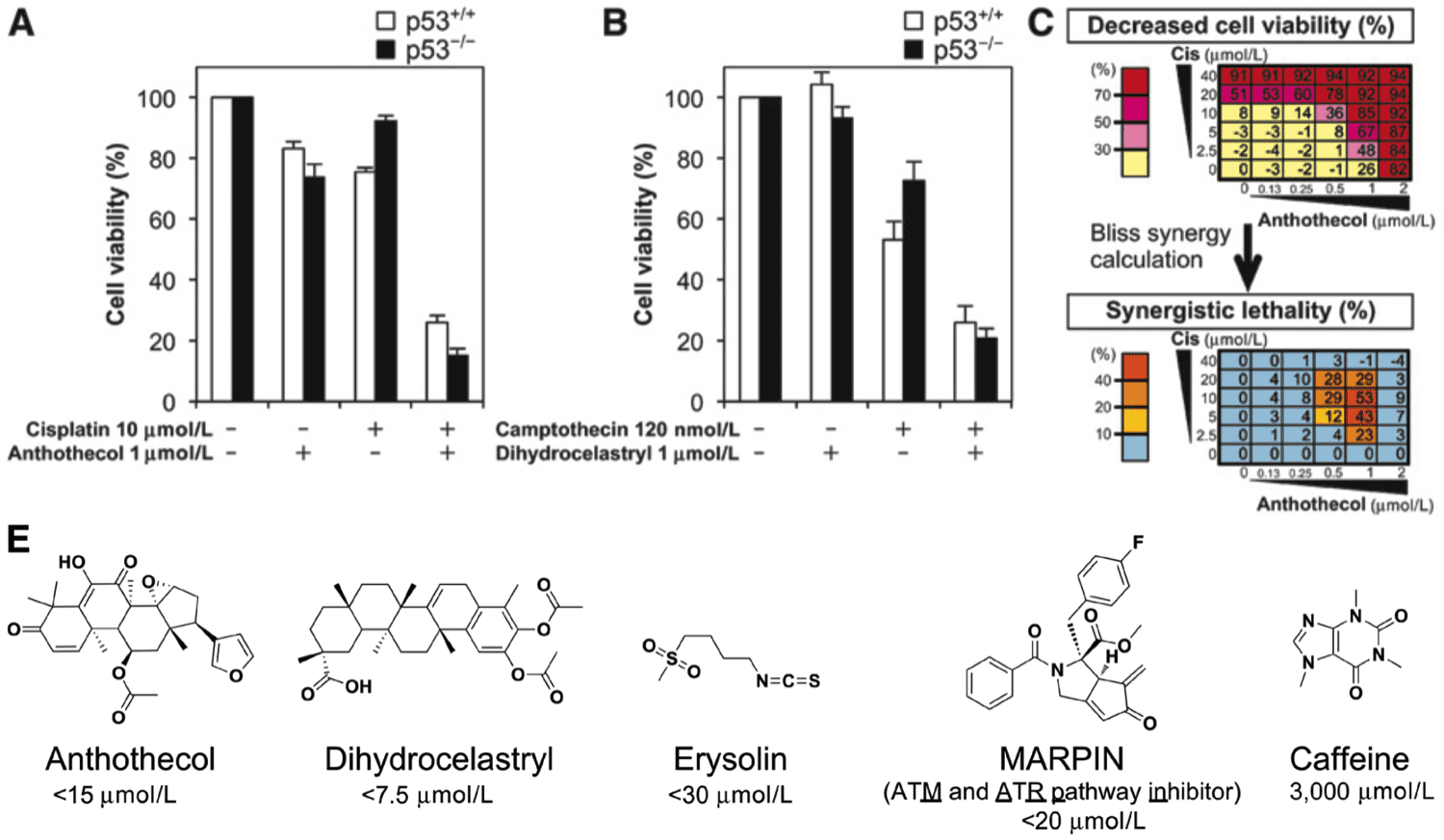Highlights Merkel cell carcinoma (MCC) is an aggressive cutaneous malignancy with a recurrence rate of…
Abstract
It has been found that insulin-like growth factor I (IGF-I) exerts cytoprotection against Aβ amyloid-induced neuronal cell death. Deposits of Aβ amyloid are one of the pathological hallmarks of Alzheimer’s disease (AD). Here, we examined whether IGF-I exerts protective activity against cell death induced by a familial AD (FAD)-linked mutant of amyloid precursor protein (APP), and we found that IGF-I protected cells from toxicity of FAD-associated V642I mutant of APP in multiple cell systems. IGFBP-3 blocked this action of IGF-I, but not of des(1-3)IGF-I, which was as active as IGF-I in the presence of IGFBP-3. The data also demonstrated that the IGF-I receptor (IGF-IR) mediates the protective activity of IGF-I. The antagonizing function of the IGF-I/IGF-IR system against V642I-APP, which is further antagonized by IGFBP-3, provides a molecular clue to the understanding of AD pathophysiology and to the establishment of potential therapy for AD.


